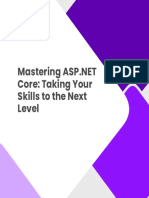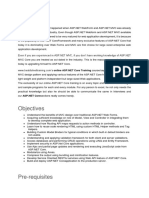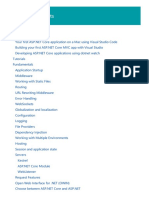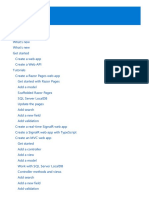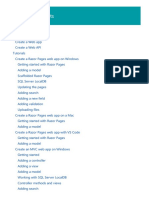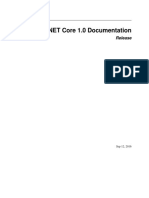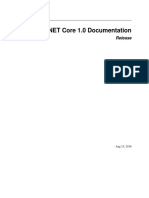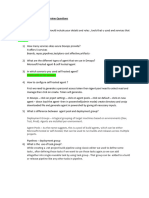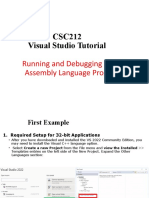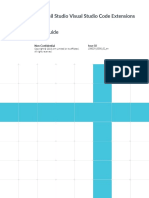0% found this document useful (0 votes)
137 views9 pagesCore Certification Training
The ASP.NET Core Certification Training course is designed for .NET professionals to learn how to develop modern cloud-based applications using ASP.NET Core, covering topics such as .NET Core architecture, middleware, MVC pattern, and Entity Framework Core. Participants will gain hands-on experience in building an end-to-end project, implementing design patterns, and deploying applications on IIS and cloud platforms. Prerequisites include basic knowledge of C# and HTML, and the course utilizes tools like Visual Studio 2022 and SQL Server 2019.
Uploaded by
Kejin SpamCopyright
© © All Rights Reserved
We take content rights seriously. If you suspect this is your content, claim it here.
Available Formats
Download as PDF, TXT or read online on Scribd
0% found this document useful (0 votes)
137 views9 pagesCore Certification Training
The ASP.NET Core Certification Training course is designed for .NET professionals to learn how to develop modern cloud-based applications using ASP.NET Core, covering topics such as .NET Core architecture, middleware, MVC pattern, and Entity Framework Core. Participants will gain hands-on experience in building an end-to-end project, implementing design patterns, and deploying applications on IIS and cloud platforms. Prerequisites include basic knowledge of C# and HTML, and the course utilizes tools like Visual Studio 2022 and SQL Server 2019.
Uploaded by
Kejin SpamCopyright
© © All Rights Reserved
We take content rights seriously. If you suspect this is your content, claim it here.
Available Formats
Download as PDF, TXT or read online on Scribd
/ 9

